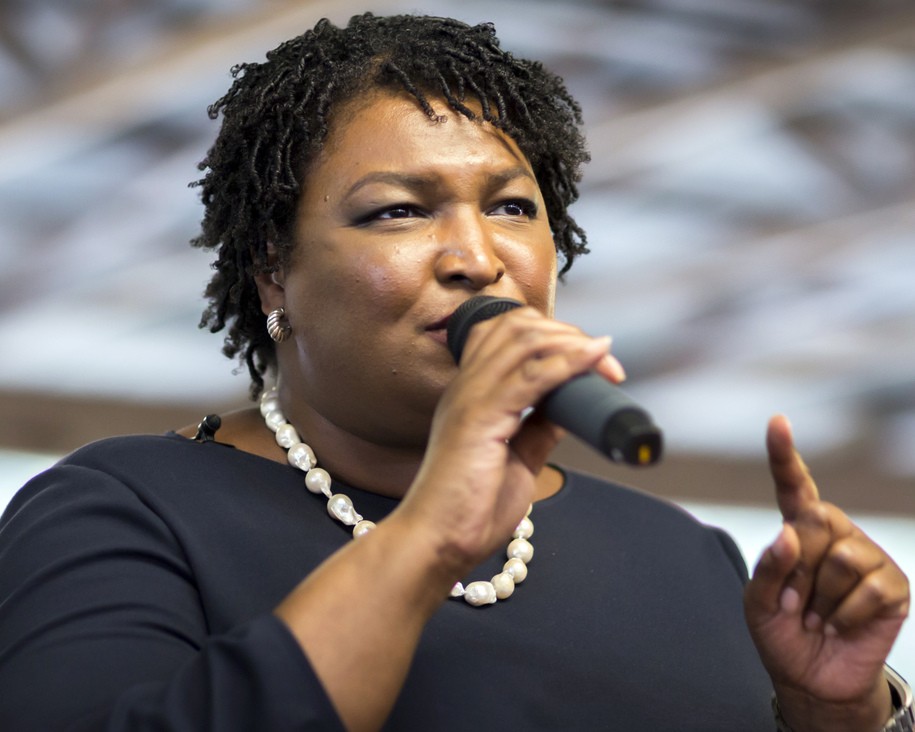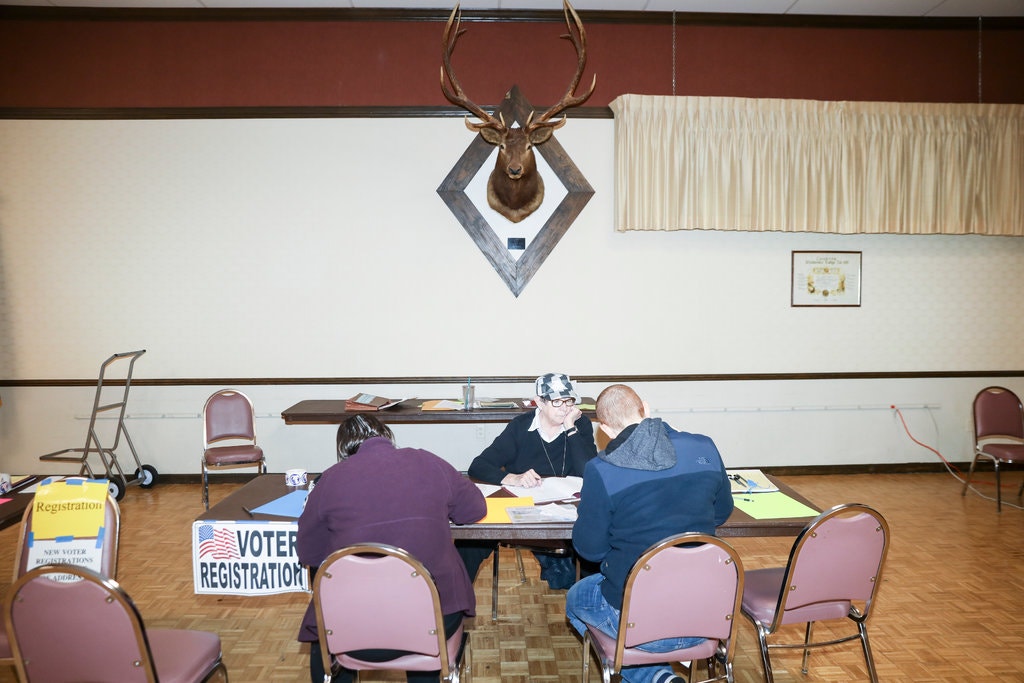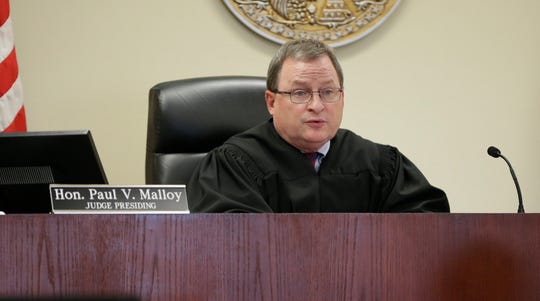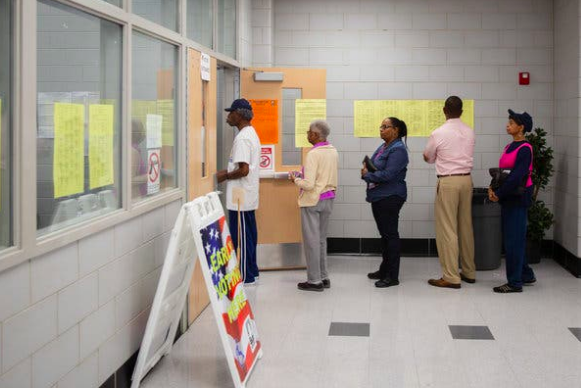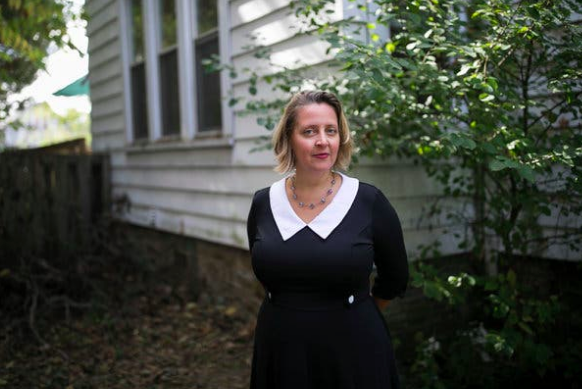In March of 2020, Pooja Shivaprasad and Amanda Miller, law students at the University of California at Berkeley, produced a legal memorandum examining voter protection rights in Ohio in light of rising voter suppression concerns in this state.
The memo includes an introduction to federal voter protections as well as a brief summary of state laws relevant to Ohio. We hope that this document provides a roadmap by which others can analyze the strength or weaknesses of voter protection laws in their states.
Shivaprasad and Miller found that there is no clear path to legally challenging many voter purging practices, which makes the work of the Voter Purge Project and our partners even more critical.
The report also found that:
- The National Voter Registration Act (“NVRA”) was enacted under the Elections Clause of the Constitution and signed into law in 1993, and prohibits removal from voter registration lists solely because of a failure to vote.
- Ohio’s voter purge practices were litigated in Husted v. A. Phillip Randolph, a 2018 case in which the Supreme Court ruled that Ohio’s practices of clearing the state’s voter rolls of individuals who had died or relocated did not violate the NVRA or the Help American Vote Act of 2002 (HAVA). Advocates found that Husted’s holding has disproportionately affected low-income communities, communities of color, and the housing insecure.
- Section 8 of the NVRA prohibits states from removing registrants from voter registration lists solely for failure to vote, but states can implement “supplemental” processes to get around this prohibition.
- HAVA requires state election offices to develop clear procedures for accepting, verifying, updating, and canceling voter registrations across the state.
- Each state is responsible for ensuring its practices are in compliance with the NVRA.
- State laws provide little guidance to local election officials and do not specify what identifying characteristics should be verified after a potential duplicate record has been flagged or what degree of approximation is permitted when comparing potentially duplicative entries. Despite these vague laws local election officials report increased pressure from state officials to “clean” the voter registration list of duplicate records.
- There are no federal legal remedies in place that allow for voter list maintenance transparency.
- Purging practices vary widely from jurisdiction to jurisdiction and offer few protections for affected voters.
- As of September 2017, the Public Interest Legal Foundation had brought nine suits in six states in the previous two years alleging lax vigilance of voter rolls
We are extremely grateful to Berkeley Law, Pooja Shivaprasad, and Amanda Miller for their work and expertise in producing this report.

